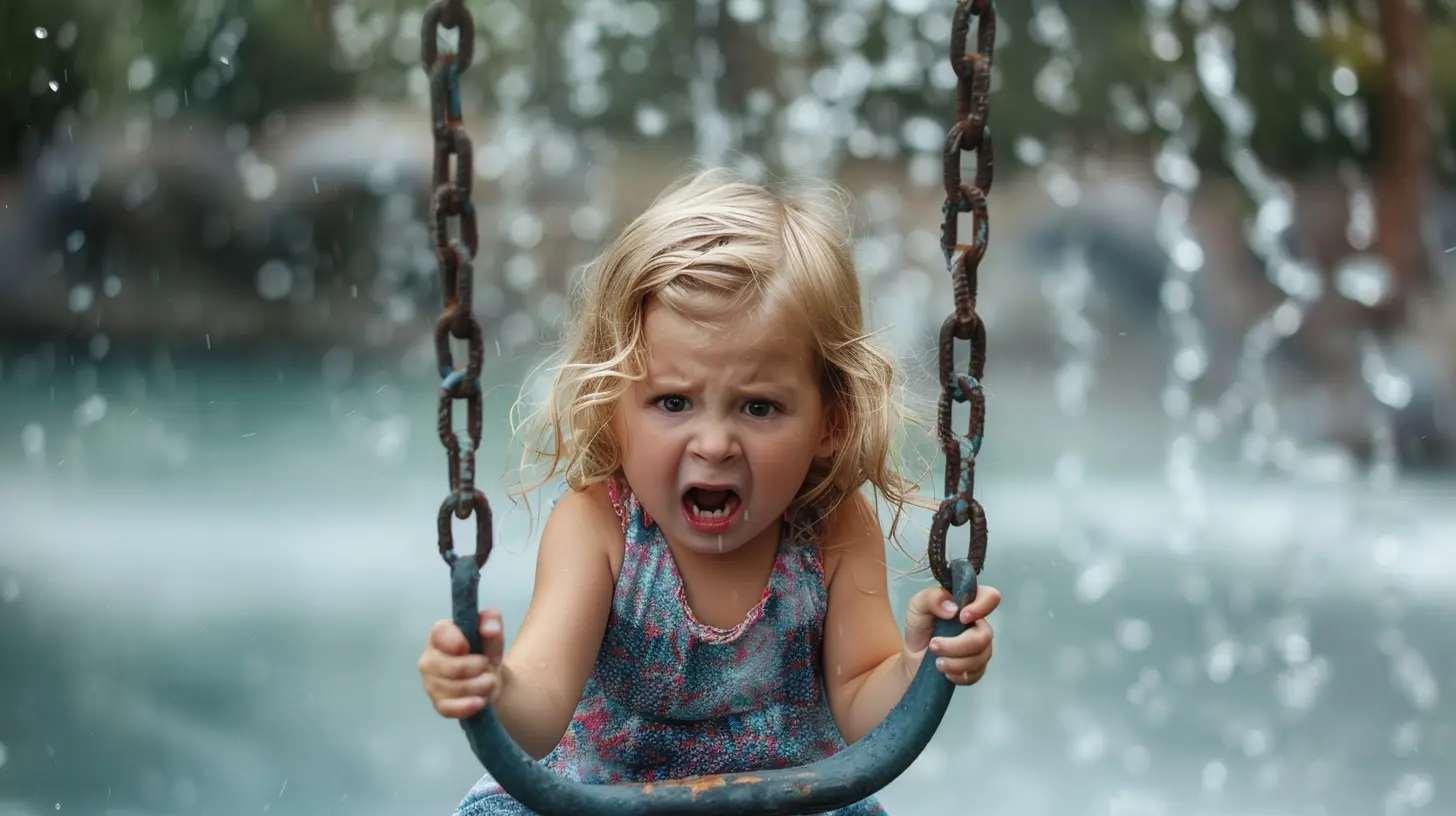Dismissing Your Child’s Fears: A Critical Mistake
20 August 2025
Introduction
Have you ever heard your child say, “I’m scared,” only to respond with, “There’s nothing to be afraid of”? If so, you’re not alone. As parents, we often try to reassure our little ones by downplaying their fears, hoping they’ll magically disappear. But what if I told you that brushing off those fears is one of the biggest mistakes we can make?
Fear is a natural part of growing up, and while some of our kids’ worries may seem irrational (like the monster under the bed), they feel very real to them. Instead of dismissing their concerns, we should be validating them, helping our children cope, and, most importantly, building their confidence for the future.
Let’s dive into why dismissing a child’s fears can do more harm than good and explore better ways to handle those scary moments. 
Why Dismissing Your Child’s Fears Is Harmful
1. It Sends the Message That Their Feelings Don’t Matter
Imagine confiding in a friend about something that’s been bothering you, only for them to say, “Oh, that’s nothing. You’re overreacting.” How would that make you feel? Probably unheard, unsupported, and maybe even a little embarrassed.Now, think about how a child feels when we respond to their fears with, “That’s silly!” or “There’s nothing to be scared of.” Instead of comforting them, we’re unintentionally teaching them that their emotions don’t matter. Over time, this can lead to them bottling up their feelings or doubting their own emotions.
2. It Can Make Their Fears Worse
Believe it or not, when kids' fears are dismissed, those fears don’t just disappear—they often grow. If a child is scared of the dark and we simply tell them, “You’re being ridiculous,” they may start feeling even more unsafe at night. They might think, “If my parents don’t believe me, how can I trust them to protect me?”When fears aren’t addressed properly, they can manifest into anxiety and insecurity. Instead of making them feel silly, we should be equipping them with coping skills to handle their worries in a healthy way.
3. It Can Damage Their Trust in You
Children look to their parents for safety, reassurance, and understanding. If they feel dismissed, they may stop coming to you with their problems. What starts with small fears—like being afraid of the dark—can eventually lead to them not sharing their bigger concerns, such as school struggles, social issues, or mental health challenges.By validating their fears, we create an environment where they feel safe expressing their worries, knowing they will be heard and supported. 
How to Handle Your Child’s Fears the Right Way
1. Acknowledge Their Fear
The first and most crucial step is acknowledgment. Instead of brushing off their concerns, try validating them. Say something like:> “I see that you’re really scared right now. That must feel tough.”
Simple, right? Just recognizing their emotions lets them know that it’s okay to feel afraid. When kids realize their fears are acknowledged, they feel understood, which is often half the battle.
2. Ask Questions and Listen
Rather than immediately trying to fix the situation, take a moment to ask some gentle questions:- “What’s scaring you the most?”
- “Can you tell me what’s making you feel this way?”
- “What do you think would make this feel a little less scary?”
By asking questions, you’re showing that their feelings matter and helping them process their emotions. Sometimes, just talking it through can make a huge difference.
3. Teach Them How to Cope
Instead of just saying, “Don’t be scared,” try offering ways to manage their fear. Depending on the situation, you could:- Offer comfort – A hug, holding their hand, or just sitting with them can be incredibly reassuring.
- Use logic and facts – If they’re scared of monsters, show them how nothing is under the bed. If they’re afraid of a thunderstorm, explain how lightning and thunder work in a kid-friendly way.
- Practice calming techniques – Teach them deep breathing, counting to ten, or using a comfort object (like a stuffed animal) to feel safer.
- Encourage bravery – Remind them of a time they faced a fear and came out okay. “Remember when you were scared to start swimming lessons? Look at you now—you love the water!”
4. Be Patient and Supportive
Fear isn’t something that just vanishes overnight. Some fears will take time for your child to work through, and that’s okay. Your job is to offer unwavering support and encouragement along the way.Instead of getting frustrated, remind yourself that fear is an important part of development. It teaches kids resilience, problem-solving, and emotional regulation.
5. Reframe Fear in a Positive Light
Instead of seeing fear as a problem, frame it as an opportunity for growth. You can tell your child:> “Being scared sometimes is normal! It means you’re challenging yourself and learning new things.”
Or even:
> “Even superheroes get scared, but they don’t let fear stop them!”
By shifting their mindset, you help them see fear as something they can conquer. 
Common Childhood Fears and How to Address Them
Every child is different, but here are some common fears and how you can help:Fear of the Dark
- Use nightlights, but let them pick one they like.- Read fun bedtime stories that make nighttime feel cozy, not scary.
- Create a “bravery badge” system where they earn rewards for sleeping in their room.
Fear of Strangers
- Acknowledge their hesitation but avoid forcing interactions.- Show them that new people can be friendly by modeling positive social behavior.
- Let them take their time warming up to others.
Fear of Thunderstorms
- Explain storms in kid-friendly terms: “The sky is just having a big drum party!”- Offer a “thunder buddy” (a stuffed animal or cozy blanket) for comfort.
- Watch videos or read books that make storms less scary.
Fear of Separation
- Start with gradual goodbyes (like short separations) to build confidence.- Give them something special to hold onto while you’re away, like a small family photo or a special bracelet.
- Always reassure them that you’ll be back.

Conclusion
Dismissing your child’s fears may seem like the easy route, but in reality, it can do more harm than good. Instead of waving away their worries, embrace the opportunity to guide them through their fears with love, patience, and understanding.By validating their emotions, teaching coping mechanisms, and offering support, you’re helping your child develop resilience that will serve them for a lifetime. Because when they know their fears are taken seriously today, they’ll have the confidence to face bigger challenges tomorrow.
So next time your child says, “I’m scared,” take a deep breath, get down to their level, and let them know: “I hear you. I’m here for you. And together, we’ll get through this.
all images in this post were generated using AI tools
Category:
Parenting MistakesAuthor:

Austin Wilcox
Discussion
rate this article
1 comments
Hudson Hill
Fears are tiny dragons!
September 14, 2025 at 4:10 PM

Austin Wilcox
That's a creative metaphor! Just like dragons, fears can seem small but can grow if not addressed. Acknowledging and understanding them is key to helping children overcome their anxieties.


